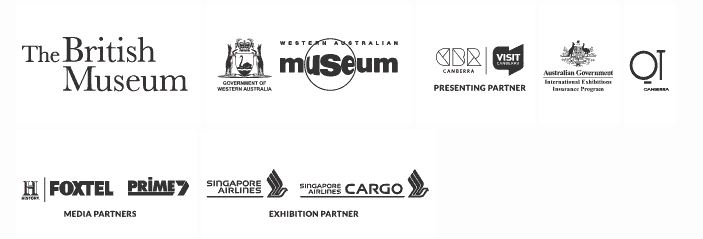3 August 2016
Countdown to 9 September exhibition opening
A revolutionary 1992 CSIRO invention that led to wi-fi as we know it today, has been chosen by the National Museum of Australia to be part of the A History of the World in 100 Objects exhibition which opens in Canberra in September.
In its only east coast venue, A History of the World in 100 Objects opens in Canberra on 9 September and uses items from around the globe to explore the last two million years of human history, sourcing the oldest objects from the British Museum’s collection and incorporating those from the present day.
The National Museum has chosen to include a 101st object representing a globally recognised Australian innovation.
The ground breaking CSIRO wireless local area network (WLAN) Test Bed (the precursor to modern wi-fi) is the Australian object featuring in the Canberra exhibition.
In 1992, researchers from CSIRO’s then Radiophysics Division developed a technological breakthrough in advanced WLAN.
Their WLAN invention increased indoor wireless data transmission rates from 10 megabits per second (10 Mbits/s) to greater than 50 megabits per second (50 Mbits/s) and prevented the distortion of the signal, as the radio waves bounced off walls and furniture.
National Museum senior curator Dr Michael Pickering said the WLAN invention is a fitting 101st object in the exhibition because it revolutionised the way people all over the world communicate.
‘The CSIRO’s practical solution for high speed data transmission was a commercial success and laid the foundation for wi-fi, which in turn led to today’s laptop and liberated users from the desktop computer,’ said Dr Pickering.
‘The scientific discovery of wi-fi is a perfect example of how research undertaken right here in Australia, by CSIRO, is having a significant positive impact across the globe,’ said Mr Brendan Dalton, Chief Information Officer, CSIRO.
‘It is particularly fitting that wi-fi be selected for recognition in this exhibition, as this year marks 100 years since the first Australian national scientific body was formed, a precursor to CSIRO. It’s an opportunity for Australia to celebrate a century of significant scientific breakthroughs, which of course includes wi-fi,’ said Mr Dalton.
The WLAN team consisted of John O’Sullivan, Graham Daniels, Terence Percival, Diethelm Ostry and John Deane.
In 2011, CSIRO donated the four main hardware components used in the original WLAN prototype test-bed, to the National Museum.
For more information please contact Tracy Sutherland, (02) 6208 5338 / 0438 620 710 or media@nma.gov.au
The presentation of this exhibition is a collaboration between the British Museum, the Western Australian Museum and the National Museum of Australia.
The exhibition A History of the World in 100 Objects is supported by the Australian Government International Exhibitions Insurance (AGIEI) Program. This program provides funding for the purchase of insurance for significant cultural exhibitions. Without AGIEI, the high cost of insuring significant cultural items would prohibit this major exhibition from touring to Australia.
